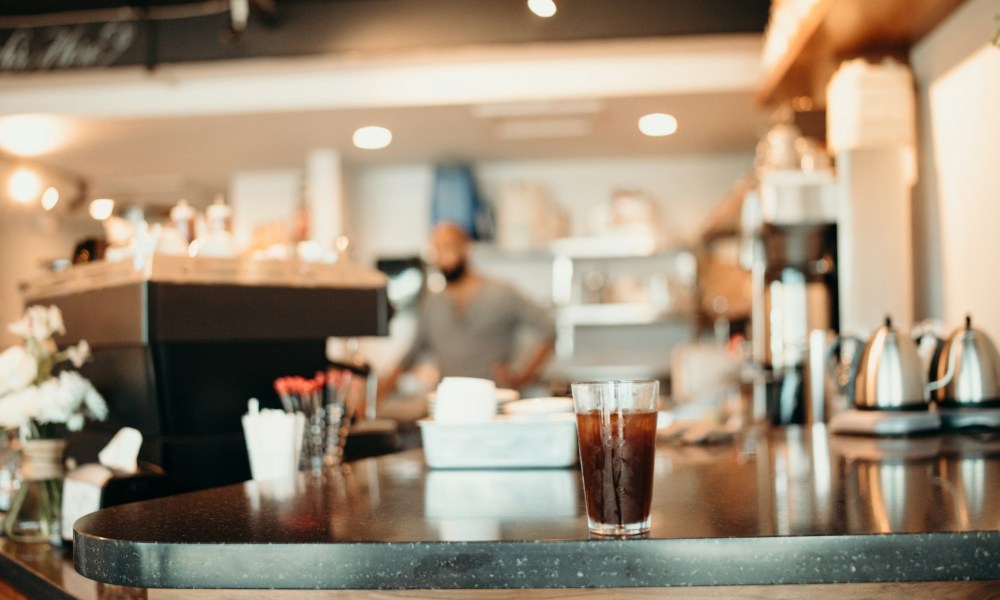There’s a time and a place for a straight espresso shot, but if you ask me, it’s not an “everyday” coffee. I love espresso and its ultra-strong taste, but sometimes I seek a beverage with more volume to savor it. Even if you order a double shot of espresso, your cup will only contain two ounces — just slightly larger than a liquor shot glass. The Americano solves this problem by delivering the same delicious espresso taste I love with more liquid to drink, thanks to the added water. Below, we’ll break down the true differences between an Americano vs espresso to help you decide which order is best suited for your current mood.
What is espresso?

Since you can’t make an Americano without espresso, we should first start by defining espresso. As James Beard, award-winning culinary master from ChefSteps, explains it, espresso, in its simplest definition, is a “coffee brewing method where a small amount of near-boiling water is forced through finely ground coffee under pressure.” Unlike traditional coffee brewing methods, such as with a drip coffee maker, espresso is uniquely characterized by the pressurized brewing method. The combination of finely ground coffee, less liquid, and a pressurized brewing method produces a “shot,” which is much more potent and concentrated than your average cup of coffee.
Another component of espresso’s unique characteristics is its “crema.” If you’ve ever looked at a shot of espresso, you’ve probably noticed this small layer of creamy foam that sits on top of the espresso after brewing. It almost looks like the espresso was brewed with milk or cream.
However, this “crema” is not cream; it’s a formulation of small carbon dioxide bubbles that form during the brewing process. As hot water is forced through the finely ground coffee at a very high pressure, carbon dioxide is released from the coffee, and bubbles attach to the natural oils of the coffee. This process leads the tiny bubbles to rise to the top of your espresso shot, forming the “crema.”
What is an Americano?

Is an Americano just watered-down espresso?

Yet, the watered-down concept of an Americano is also what makes it unique. The drink provides a way for coffee drinkers to experience the flavor of espresso in a more mild-tasting, higher-volume drink. While I can (and sometimes do) drink espresso straight, I much prefer a coffee I can sip on for a while as I work or while in the car. The enjoyment of an espresso shot is short-lived, whereas the enjoyment of an Americano takes some time to savor. Plus, if you’re new to the espresso world, the Americano is the ideal “entry” drink to get your tastebuds more acquainted with the taste of espresso.
Iced americanos
An iced Americano is made the same as a hot Americano, except the drink is poured over ice. As this cold coffee drink melts, the drink begins to have an even more diluted taste. For this reason, I can understand the bad reputation of the iced Americano — as it can sometimes be more watery than other stronger-tasting cold coffees like a cold brew coffee. I still love an iced Americano, but I have requested my drink be made with less water than usual. If you find an iced Americano too watered down, you can also try ordering a double or triple espresso over ice with a touch of water.
Americano vs. espresso

The basic difference between an Americano vs espresso is the dilution with added water. All in all, a regular shot of espresso will have a much stronger, bolder taste than the slightly less bitter and diluted Americano. Additionally, the difference in serving size sets these two beverages apart. Comparing the caffeine content of these two drinks depends on how many espresso shots are used in each. If an equal number of espresso shots are used, the Americano and espresso will contain the same amount of caffeine.



